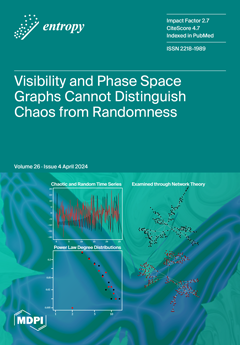The lattice Boltzmann method is employed in the current study to simulate the heat transfer characteristics of sinusoidal-temperature-distributed heat sources at the bottom of a square cavity under various conditions, including different amplitudes, phase angles, initial positions, and angular velocities. Additionally, a machine
[...] Read more.
The lattice Boltzmann method is employed in the current study to simulate the heat transfer characteristics of sinusoidal-temperature-distributed heat sources at the bottom of a square cavity under various conditions, including different amplitudes, phase angles, initial positions, and angular velocities. Additionally, a machine learning-based model is developed to accurately predict the Nusselt number in such a sinusoidal temperature distribution of heat source at the bottom of a square cavity. The results indicate that (1) in the phase angle range from 0 to π,
Nu basically shows a decreasing trend with an increase in phase angle. The decline in
Nu at an accelerated rate is consistently observed when the phase angle reaches 4π/16. The corresponding
Nu decreases as the amplitude increases at the same phase angle. (2) The initial position of the sinusoidal-temperature-distributed heat source
Lc significantly impacts the convective heat transfer in the cavity. Moreover, the decline in
Nu was further exacerbated when
Lc reached 7/16. (3) The optimal overall heat transfer effect was achieved when the angular velocity of the non-uniform heat source reached π. As the angular velocity increases, the local
Nu in the square cavity exhibits a gradual and oscillatory decline. Notably, it is observed that
Nu at odd multiples of π surpasses that at even multiples of π. Furthermore, the current work integrates LBM with machine learning, enabling the development of a precise and efficient prediction model for simulating
Nu under specific operational conditions. This research provides valuable insights into the application of machine learning in the field of heat transfer.
Full article






